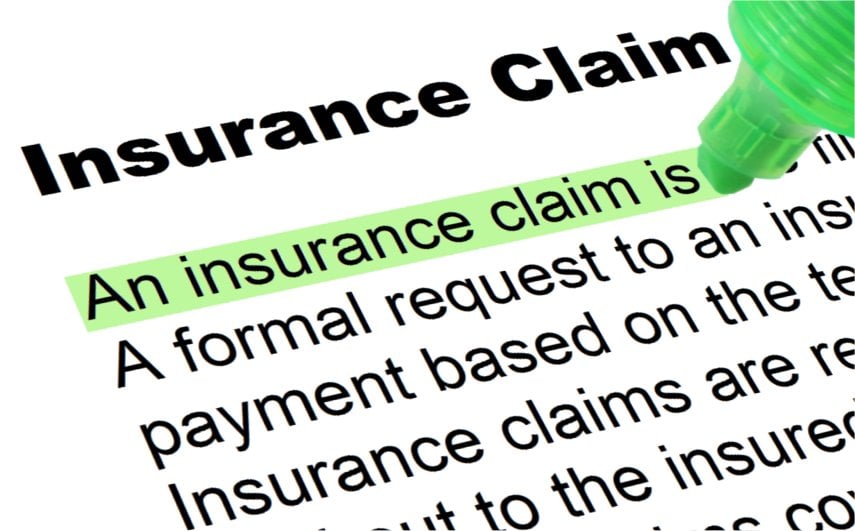Accidents can be jarring experiences, leaving emotional and physical scars, not to mention a cascade of logistical and bureaucratic hurdles to navigate. When the dust settles and the questions arise, one of the most pressing dilemmas is how to manage the insurance claims process, particularly when fault for an accident is ambiguous—or, as it’s often referred to, “50/50.” It’s a situation fraught with uncertainty and frustration, yet with a little insight, understanding can emerge amidst the chaos.
When two parties are involved in a vehicular mishap and both share some level of responsibility, determining who pays for what can be exceedingly convoluted. To unravel this complex web, it’s essential to first grasp the fundamental concepts of liability in insurance claims. Liability refers to the legal responsibility one party has to another, typically in terms of financial repercussions following an accident.
The majority of states in the U.S. operate under either a “fault” or “no-fault” insurance system. In a fault system, the driver determined to be at fault is responsible for covering the damages sustained by the other party. Conversely, in no-fault states, each party covers their own medical expenses and damages regardless of who caused the accident, theoretically reducing the need for litigation. Yet, even in no-fault systems, there are complexities when claims are perceived as 50/50.
When both drivers are deemed equally at fault for an accident, it leads to what is known as a comparative negligence scenario. Comparative negligence allows damages to be apportioned based on the respective fault percentage. For instance, if Driver A is found 50% at fault and Driver B is also deemed 50% at fault, the actual financial payout each can expect may be reduced by their respective percentage of fault.
This raises an important question: How does the insurance industry evaluate fault in a 50/50 accident? Investigation plays a crucial role. The insurance companies will undertake a thorough examination of the circumstances surrounding the incident. They’ll consider police reports, witness statements, and any available video footage. Remember that insurance adjusters work for the insurance company and their primary goal is to minimize the payout their employer must make. Thus, without careful documentation of evidence from all parties, the narrative can easily tilt toward the insurer’s advantage.
Navigating claims in 50/50 situations can lead to additional frustration. If both parties are insured, they may need to turn to their own policies. This could mean the initiation of a claim with their respective insurance companies, subsequently leading to potential hikes in premiums. The aftermath of an accident can thus involve not only immediate financial compensation concerns but also lingering long-term impacts on one’s insurance rates.
But what happens if the parties involved cannot come to a harmonious understanding about the extent of each person’s fault? Disputes may arise, leading to potential legal action. In many cases, both parties are encouraged to negotiate a settlement. Often, minor accidents can be settled amicably out-of-court, but when emotions run high, and responsibility is contested, litigation might become inevitable. This can lead to additional costs, delays, and stress, making a simple accident feel like an overwhelming ordeal.
If claims escalate to a legal dispute, parties should be aware of the significance of retaining legal representation to navigate the multifaceted landscape of claims and counterclaims. Legal professionals can effectively advocate for their clients, ensuring that all pertinent evidence is presented to substantiate claims of negligence. However, this course of action can introduce further complexities and costs, making it advisable to consider whether a settlement—or mediation—might provide a sufficiently advantageous resolution without entering a protracted legal battle.
Understanding the implications of a 50/50 fault scenario underscores the importance of maintaining comprehensive auto insurance coverage. It’s advisable to consult with an insurance broker to clarify policy limits, assess coverage options, and understand what happens in case of shared fault. Some insurance policies offer provisions for uninsured or underinsured motorists, which can provide crucial support if the responsible party is unable to cover damages or is operating without sufficient insurance coverage.
Beyond the intricacies of filing a claim, the emotional aftermath of an accident can leave individuals feeling vulnerable and overwhelmed. Coping with the residual stress, anxiety, and sometimes guilt tied to an accident are often underestimated yet profoundly impactful. For some, the experience may necessitate psychological support to process the event and rebuild their confidence while adjusting to potential changes in daily routines or transportation needs.
Moreover, engaging in open communication with insurance agents, brokers, and legal advisors can serve to demystify the claims process. Armed with proper information and support, those affected can make informed decisions about their next steps, whether that means pursuing a claim, seeking legal advice, or even coming to an amicable agreement with the other party involved.
In conclusion, the labyrinth of an accident aftermath—especially when split between two parties—is seldom straightforward. A 50/50 determination brings forth multiple layers of complexity concerning financial responsibilities and emotional ramifications. Navigating this challenging terrain requires not only comprehension of the claims process but also a readiness to engage in negotiation or litigation if necessary. Ultimately, patience, communication, and informed decision-making can be the guiding lights in an otherwise tumultuous journey through the ramifications of an accident.
